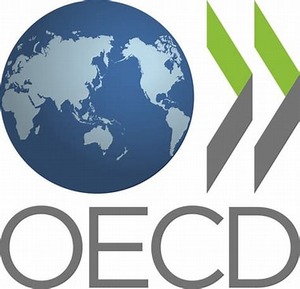Indian Government Brings In IND AS 115 To Improve Disclosures
From April 1, 2018, the Ministry of Corporate Affairs a.k.a. MCA brought into effect a new accounting standard, known as IND AS 115. it is Revenue from Contracts with Customers. This new accounting standard has been introduced in order to modify the way various companies from different sectors evaluate, identify, and reveal the companies’ revenues in their financial records.
Under IND AS 115, companies will have to provide separate revenue details in their financial statements on the basis of leading product lines, location, contract period, distribution channel, market type, type of target customers like government entities, non-government entities, and so on, whichever is the most relevant.
This standard offers instructions and supervision for companies on how to make the disclosure and how to use existing information given to the board members, analysts. According to experts, IND AS 115 is going to bring significant changes in the revenue of companies particularly in sectors like technology, metals, mining, real estate, telecom, and e-commerce. One of the best parts about this standard is that the revenue in India is now recognized in the same way as is done throughout the world.
Promises To Customers
IND AS 115 is concentrating mainly on what the customer is expecting from their suppliers based on what is written in a contract drawn between them. Under this standard, companies would have to identify if the contract comprises of multiple separate promises or just one performance obligation (PO). These promises may be definite, implied or founded on past regular business practices. In that case, all the POs will be considered and the revenue will be established when ownership and possession of the distinct goods or services will be transferred.
Revenue From Licenses
IND AS 115 will also impact the revenues received from licensing of intellectual properties. The involved parties would have to recognize whether the license has been transferred to the customer from ‘over time’ or ‘at a point in time’. A license which has been transferred for ‘over time’ enables the customer to use the intellectual property as it is all through the license period. On the other hand, licenses which have been transferred ‘at a point in time’ let the customer use the intellectual property as it exists when the license is given.
Recognizing Time Value Of Money
Under IND AS 115, companies would have to modify the transaction price based on the time value of money. When customers delay in making payments on time, the revenue at a particular given time will be lesser than what it should be based on the contract price, and similarly, when customers make payment in advance, the outcome will be opposite as revenue will exceed the contract price. This might affect the parties receiving considerable advance or delayed payments from their customers, for example, real estate, IT services, etc.
Increased Disclosures
Under IND AS 115, all-encompassing disclosures are needed to deliver a better understanding of both recognized revenue and future revenues from current contracts with customers, along with the reconciliation of balances of contract assets and liabilities. Companies should provide enough and timely attention to all the details.
Impact on Businesses Beyond Accounting Procedures and Policies
This new standard can lead to increases and decreases in revenues reported in the past. However, the important part is that companies will have to set a well-defined system in order to intimately analyze and modify their business practices as per the revenue cycle while also considering changes or adjustments in customer contracts, IT structure, taxation policies, introduction of new procedures or criterion, changes in KPIs, and so on.
Though with the Implementation of IND AS 115, it is bound to create several complexities, which we shall cover in follow up post












